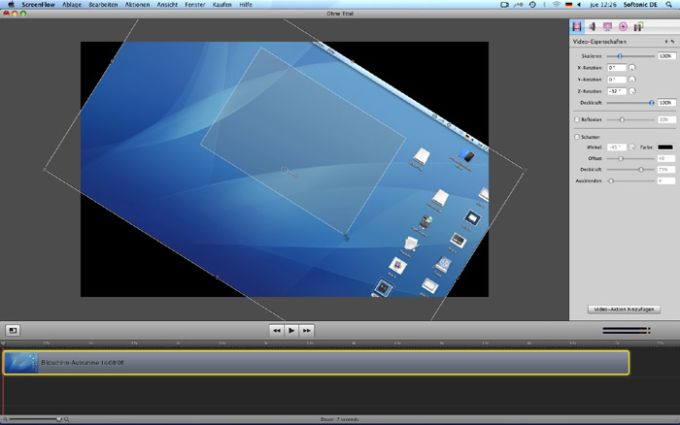

Need help figuring out where to start? Get free training and start building for free ! Option 2: how to do a voice-over on PowerPoint Button size and colour – You can resize the button by dragging the corner and changing the colour using the “Recolor” option.Īn online course or membership site can be a wildly successful way to monetize content.Loop- You can define if you want the recording to stop or repeat once it gets to the end.Autoplay- You can choose if you want the audio to play automatically or manually when a student clicks the slide.Voice-over formatting options for Google Slides: To open the Format options menu, you can click on the speaker icon, then go to Format options under the Format menu.

Google Slides gives you the option to specify how the voiceover should act. The files you uploaded should be in the Recent tab, but you can also search for the file manually. Next, you can insert audio from your drive into each slide individually. Step 2: Insert audio to your slide, and configure play settings To keep them organized, following a naming convention for your audio files, including Course, Lesson, and Slide numbers, helps. You’ll need to locate these files in the next step. Tip: Organize your files with a naming convention. Let’s go through the steps- Step 1: Create your audio files for each slide and upload them to Google Drive. You can add voiceover to Google Slides by uploading an audio file saved in Google Drive to each slide.įor this option, all you need is Google Slides and a computer with a microphone. Google Slides doesn’t have built-in functionality to record your slides, but you can still accomplish the same with it with an extra step. Option 1: How to do a voice-over on Google Slides How to do voice-over slides with Thinkific.How to do a voice-over screen recording.How to do a voice-over on PowerPoint (Microsoft Office).How to do a voice-over on Google Slides.Use this list to skip to your preferred voice-over narration method: And if you’re a Thinkific user, you can create voiceover slides with the Presentation lesson feature.
#SCREENFLOW PRICE SOFTWARE#
To do this, you can use any screen recording software as you talk through the slides and turn your presentation into a video lesson. PowerPoint has recording functionality built-in, but with Google Slides, some extra steps are involved with recording your audio, then uploading it to Google Drive before you can embed it on each slide.Īlternatively, you may want to ditch the slides and create a screen recording of the presentation. You may want to use PowerPoint or Google Slides to add voiceover to each slide that plays as students make their way through the presentation. There are two main routes you can take to record a voiceover for your presentations : If you’d like to sit back and learn, check out this video we created on how to easily add voiceover to your slides: 4 ways to do voice-over presentations Toward the end of the article, you will also find five tips for adding a good voice-over. Now, let’s get into your voice-over options. Related: How To Set Up A DIY Home Video Recording Studio For Cheap Most computers have built-in microphones that sort of get the job done, but we recommend headphones or a USB Microphone to improve the quality of your voiceover. Viewers are willing to put up with rough visuals but don’t forgive poor sound. In this blog, we share four ways to do a voiceover presentation – voice-over Google Slides, PowerPoint, screen recording, and the Presentation lesson feature on Thinkific.īefore we get into the options, let’s quickly cover the only ground rule regarding recording voice-overs: Don’t sacrifice sound quality. However, it isn’t as tricky as you probably think! Once you have your slides ready, there are just a few extra steps you’ll need to take to add narration. Now, you may assume adding voice-over to your presentations is complicated. It allows adding important information and context to explain what’s on the slides – as if your students were attending a live lecture! However, adding voice-over narration to your presentations enables students to benefit from the best of both worlds.

Some students learn better through visual cues, while others learn by listening. Voice-over presentations offer a better learning experience because they are a more engaging way to learn.


 0 kommentar(er)
0 kommentar(er)
